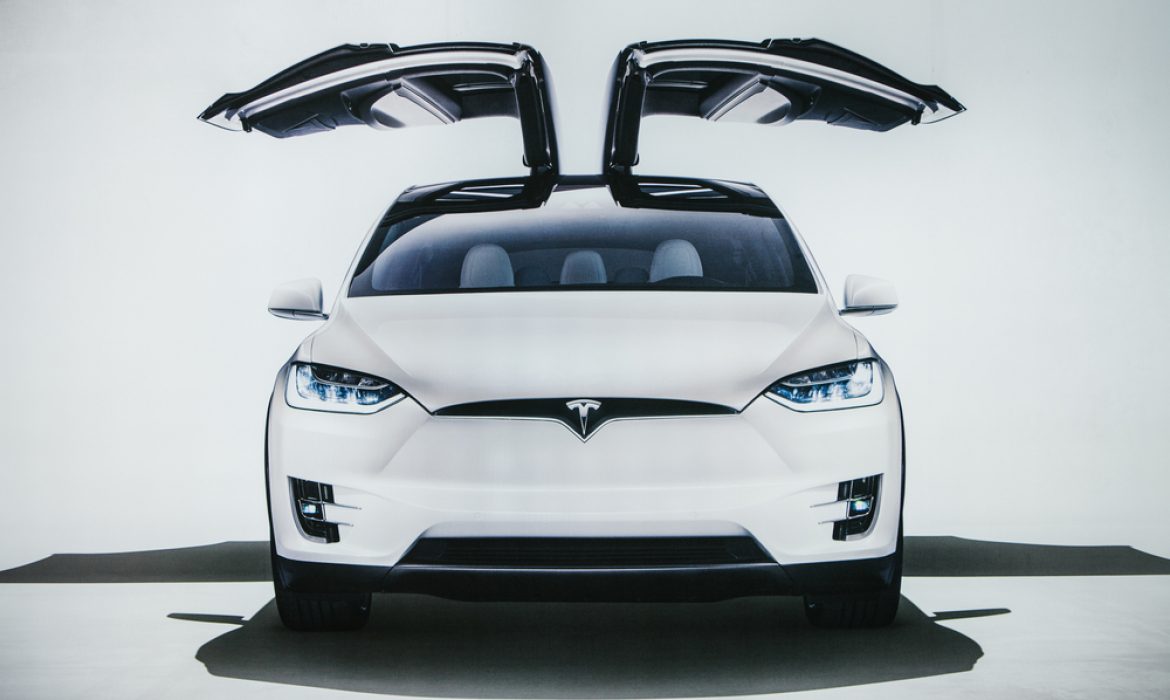Tesla, renowned for its exclusive focus on Battery Electric Vehicles (BEVs), has amassed a whopping $9 billion in revenue since 2009 by aiding competitors in selling internal combustion engine (ICE) cars. The company’s unique venture into the realm of regulatory credits has proven to be an unexpected goldmine.
Regulatory Credits: A Lucrative Side Business
Tesla’s annual report on Form 10-K, submitted to the U.S. Securities and Exchange Commission (SEC), reveals the unconventional revenue stream. These regulatory credits, essentially subsidies, are purchased by automakers unable to meet zero-emission standards. Notably, Tesla, producing only electric cars, effortlessly fulfills these requirements, capitalizing on this profitable side business.
A Billion-Dollar Profit Stream
In 2023 alone, Tesla amassed $1.79 billion from regulatory credits, contributing significantly to its $96.77 billion total revenue. Since 2009, this unconventional business has injected nearly $9 billion into Tesla’s coffers. While the percentage of these credits in total sales may seem modest, the absence of additional costs ensures that every dollar earned is pure profit.
Unexpected Continuity in Profits
Contrary to expectations, Tesla’s profits from these credits have not waned. Initially considered a temporary boost, the trend persists. In 2020, the company became profitable for the first time, thanks to $1.58 billion in earnings from regulatory credits. Despite predictions of a gradual decline, Tesla continued to thrive, earning over $1.7 billion annually in 2022 and 2023.
Bright Prospects Amidst Stricter Emission Standards
With emission rules tightening globally, Tesla’s regulatory credit business looks set to flourish further. Europe is implementing stricter emission standards, while the UK plans a gradual ban on internal combustion engine cars starting in 2024, mandating a minimum 22% share of zero-emission models in each automaker’s sales structure.
Capitalizing on Competitors’ Electrification Slowdown
The slowdown in electrification efforts by major automakers like Volkswagen and General Motors plays to Tesla’s advantage. Competitors, failing to meet their electric vehicle (EV) goals, significantly cut investments in the electric car sector. Tesla steps in to assist, ensuring its regulatory credit business remains a vital lifeline for those struggling to meet emissions standards.
Prominent Beneficiaries: Volkswagen, General Motors, Honda, and Jaguar Land Rover
Notable beneficiaries of Tesla’s unique business model include Volkswagen, General Motors, Honda, and Jaguar Land Rover. As these companies face challenges meeting emission standards, they turn to Tesla for regulatory credits, solidifying the electric car pioneer’s unexpected role as an enabler in the combustion engine car market.
Tesla’s foray into regulatory credits may be unconventional, but it proves that innovation extends beyond electric vehicles, showcasing the company’s adaptability in navigating the ever-evolving landscape of the automotive industry.


